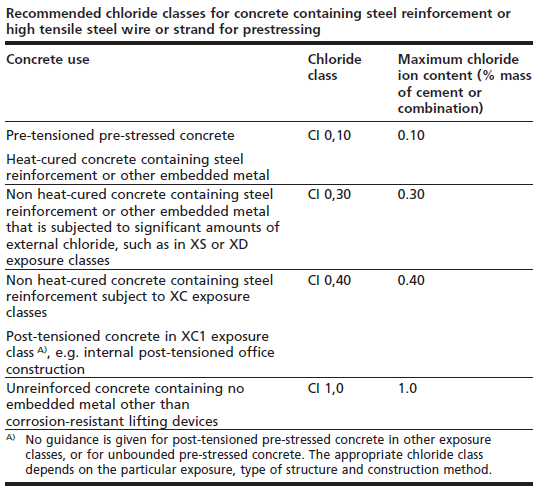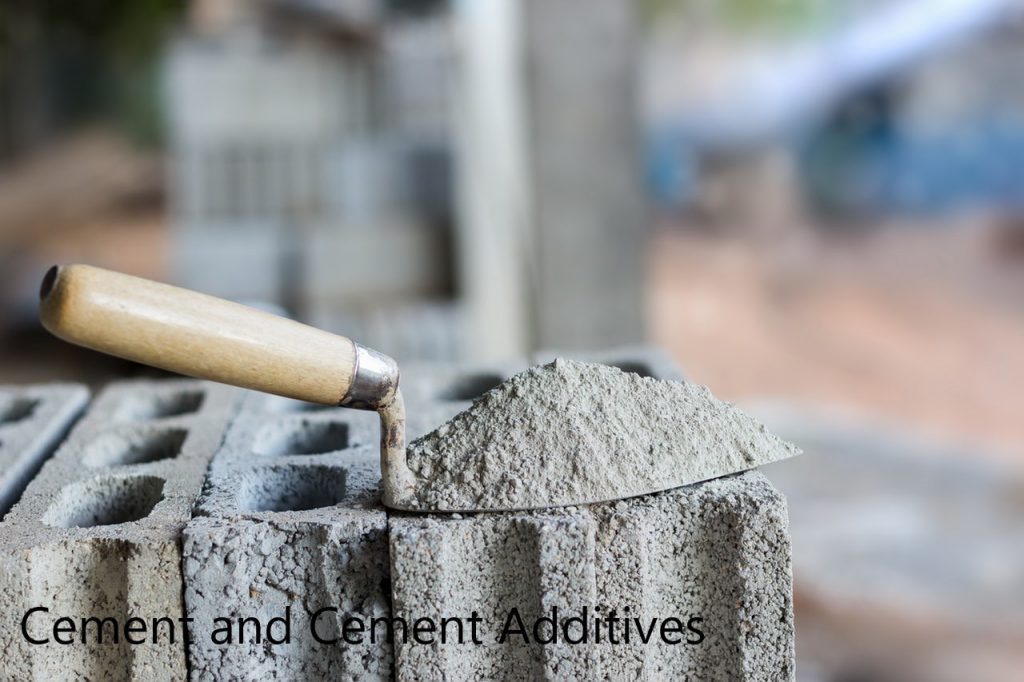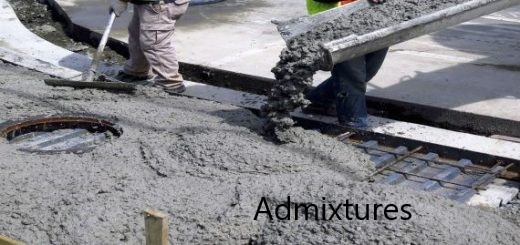Concrete construction is quite a popular topic in construction and there are lots to be remembered by the designers, supervisors, project managers, and contractors.
In this article were are concentrating on the important aspects that we should be aware of during the inception to completion of the project.
Each aspect is discussed in briefly highlighting the important facts to be remembered in concrete construction.
Let’s see what are standards related

Water Cement Ratio
W/C ratio = Water content / Cement Content
The most important ratio in concrete construction is the water-cement ratio. Generally, the water-cement ratio is kept at 0.5. However, it depends on the type of concrete mix.
Old days we decide on the water-cement ratio and did the mix design. In today’s construction, there are methods to modify the water-cement ration by addition admixtures.
Superplasitciser such as high range water reduces can be used to modify the water-cement ratio.
Cement Types used in Concrete Construction
According to the BS 8500-2:2015+A1:2016, there are for main types of cement namely CEM I, CEM II, CEM III and CEM IV.
| Cement Type | |
| CEM I | Portland Cement |
| CEM I | Sulfate- resisting Portland Cement |
| CEM II | Portland Silica Fume Cement |
| CEM II | Portland Limestone Cement |
| CEM II | Portland Slag Cement |
| CEM II | Portland Fly Ash Cement |
| CEM III | Blastfurnace Cement |
| CEM IV | Pozzolanic Cement |
Under each category, there are more subcategories based on the content of the cement and other additions.
Characteristic Strenght of Concrete
The design strength considered for concrete is the characteristic strength. The definition of the characteristic strength of concrete could be referred from the article characteristic strength of concrete.
Slump Class – Consistence Classes
Measurement of the slump is a must in concrete construction.
Slump is the indication of the workability of the concrete. The following table indicates the typical slumps for concrete construction.
| Flow diameter in accordance with EN 12350-5 / mm | Slump in accordance with EN 12350-2 / mm | Typical conditions of use |
| 500 | 150 | Concrete placed in dry conditions |
| 560 | 180 | Concrete placed by pumping or by tremie pipe in submerged conditions under water |
| 600 | 200 | Concrete placed by tremie pipe in submerged conditions under a support fluid |
Mainly, there are two workability measurements such as slump classes and flow classes for concrete based on the method of measurement.
Slump Class
| Slump Class | Slump tested in accordance with EN 12350-2 / mm |
| S1 | 10 to 40 |
| S2 | 50 to 90 |
| S3 | 100 to 150 |
| S4 | 160 to 210 |
| S5 | ≥ 220 |
Flow Class
| Flow Class | Flow diameter tested in accordance with EN 12350-5 / mm |
| F1 | ≤ 340 |
| F2 | 350 to 410 |
| F3 | 420 to 480 |
| F4 | 490 to 550 |
| F5 | 560 to 620 |
| F6 | ≥ 630 |
Target Slump and Allowable Tolerance
| Target Slump in mm | ≤ 40 | 50 to 90 | ≥ 100 |
| Tolerance in mm | ± 10 | ± 20 | ± 30 |
Target Flow Diameter and Allowable Tolerance
| Target Flow diameter in mm | All Values |
| Tolerance in mm | ± 40 |
Exposure Class
Exposure class is the classification of environmental and ground conditions where the structure is building. Depending on the exposure class, we select the factors connected with the durability of concrete.
The main code that we refer to for the durability of concrete is the BS 8500 latest version.
Classification of exposure class according to BS 5800-1:2015+A1:2016 is as follows.
| X0 Class | No risk of corrosion or attack | For concrete without reinforcement or embedded metal. |
| XC Classes | Corrosion induced by carbonation | XC1 – dry or permanently wet; XC2 – wet, rarely dry; XC3 and XC4(XC3/4) – moderate humidity or cyclic wet and dry |
| XD Classes | Corrosion induced by chlorides other than from seawater | XD1 – moderate humidity, XD2 – wet, rarely dry, XD3 – cyclic wet and dry |
| XS Classes | Corrosion induced by chlorides from sea water | XS1 – exposed to airborne salt but not in direct contact with sea water, XS2 – permanently submerged, XS3 – Tidal, splash and spray zones |
| XF Classes | Freeze-Thaw attack | XF1 – moderate water saturation without de-icing agent, XF2 – moderate water saturation with de-icing agent, XF3 high water saturation without de-icing agent, XF4 – high water saturation with de-icing agent or sea |
| XA Classes | Chemical attack | XA1 – slightly aggressive chemical environment, XA2 – moderately aggressive chemical environment, XA3 – highly aggressive chemical environment |
| XAS Class | Chemical attach from sea water | Exposed to sea water |
Chloride Class
When there is a risk of structure that having reinforcement or embedded steel expose to chloride environments, it is required to consider the chloride class as a durability requirement.
Depending on the exposure class that the structures are subjected to, the chloride class is selected.
For example, when the structure is building in an environment having exposure class XS or SD, the chloride class shall be selected as Cl 0.30. This means the chloride content shall not be greater than 0.3% by mass of cement or a combination of cement.
The following table indicates the data extracted from BS 5800-1:2015+A1:2016 is as follows.

Concrete Batching Tolerances
Batching tolerances when concrete volume less than one-meter cube shall be as follows as specified in BS 5800-1:2015+A1:2016.
These tolerances are shall be used with calibrated measuring equipment used in concrete construction.

Rate of Sampling to Assess the Conformity of Concrete
The rate of sampling depends on the quantity of concrete. The following table extracted from BS 5800-1:2015+A1:2016 indicates the sampling rates.

This table indicates the minimum rate and we may adjust the rate as required or project specification could be followed.
The following articles could also be referred to for more information on concrete.
- Concrete Bonding Agents
- Ready Mix Concrete
- Types of Concrete Blocks
- Types of Concrete Joints
- Compressive Strenght of Concrete
- Construction Joints in Concrete Structures
- Self Compacting Concrete
- All about Workability of Concrete
- A Detailed Study on Concrete[from scratch]
- Concrete Pouring Steps and Techniques
- Methods of Limiting Temperature of Concrete
- All About Concrete [Most Important in Brief]
- Key Factors Affecting Strength of Concrete


